Featured Article:
***********
Featured Article: TJEd and a New Year’s Resolution
The Biggest Secret in Educational Success: TJEd Superfood
by Oliver & Rachel DeMille
Several of the ingredients of TJEd covered in our book The Phases of Learning discuss doing the right thing for the season of the year. For centuries, our forebears, most of whom were engaged in agrarian pursuits, did the majority of their formal educating during the winter.
In tribal cultures, the elders sat around fires with the youth and told stories of their ancestors. This was the basis of their oral tradition and their great classics, and a command of these stories was the definition of education in such societies.
In farming communities and towns, youth and children did their lessons and read for long hours in the shortened days and colder outdoor weather. And because it got dark earlier during the winter months, parents had more time to read aloud to the family.
Too Much (and not enough) Light
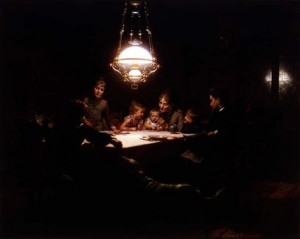 In our modern world with its various conveniences of heating, lighting and ready entertainment, we sometimes forget that it is colder outside or that it gets dark much sooner. But if we pay attention to the season, we’ll feel our bodies winding down a few hours earlier.
In our modern world with its various conveniences of heating, lighting and ready entertainment, we sometimes forget that it is colder outside or that it gets dark much sooner. But if we pay attention to the season, we’ll feel our bodies winding down a few hours earlier.
Those extra hours of darkness, with sundown between 5 and 7 rather than 9 and 11, are the perfect time for one of the biggest secrets in education, the one thing that has most improved the education of many generations: Families reading together aloud. As Andrew Pudewa teaches, this one practice has a huge positive impact on the quality of education our children receive.
When we allow the twilight outside to signal a dimming of our media and brash lighting inside, the family room, with its coziness and warmth around a hearth or a lamp, becomes a natural attraction; and the light that comes from a simple shared story will draw us in like a candle draws our gaze.
The Sweet Season in the Middle
In the fall months of August and September, most families get really excited about various educational plans and projects, and put them into action. Then come the holidays with their hustle, bustle and too much to do and eat, and there is an illusion that we’ve lost our momentum– that we’re somehow off track.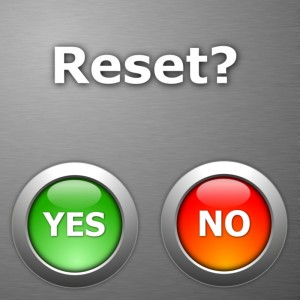
Many families do lose momentum after the first of the year and just sort of coast, working on stale goals or keeping commitments that were right for another time, but not optimal for now. They follow this course until the next season of high energy in late summer before they adopt a new vision to really make gains in their education and development.
But some families find the holidays to be a perfect “reset” button, and seize the opportunity to really utilize the Winter season to its best advantage.
After the holidays, the transition to the New Year comes at the perfect time. Those who discover this secret of success in education do the bulk of the year’s educational growth in the months of January, February, March and April. And it really works best, in our experience, if you start in early January.
Those who miss out on this secret might see that their children and youth haven’t progressed very much educationally during this year. They may not notice until the busy-ness of the spring has past. Many won’t notice this reality until September.
In contrast, those who read aloud most winter nights with their family, starting in January and then through at least February and ideally March, may not see a lot of change by April but will notice huge educational progress in all their students next fall. This is the secret, and it is huge!
How it Works
Just as our bodies go through a sort of checklist of cleansing, rest and renewal through the hours of the night, with different organs and systems being active at a fairly predictable time during each 24-hour period; just as each new project and goal we undertake has a sort of dramatic arc that is identifiable and predictable; so, too, do the seasons of the year have a particular rhythm, and certain focus, that helps us rejuvenate and concentrate on the basic phases that need to be constantly fed and renewed in our mind and spirit.
Those with very young or very old children might not observe the nuances of this phenomenon as clearly as those with family members in a variety of age groups, but there is something to be gained by considering how the rhythm of the year might inform our approach. We hope that you will share your ideas that enhance our understanding of why this all works, and that you will enjoy this foray into a more poetic interpretation of the year.
With this in mind, we have considered how the dramatic arc of the year might serve to address our needs in the phases of learning. We will discuss the year in reverse order, so as to begin with the end in mind and conclude in the place that is most relevant to our interest right now:
Fall: Depth Phase
 In anticipation of and with the advent of Fall, we are drawn into the traditional “back-to-school” dynamic, and in many ways, this serves us well. We tend to consider specific ways that we can make gains in areas that will be of long-term significance in terms of skills and knowledge.
In anticipation of and with the advent of Fall, we are drawn into the traditional “back-to-school” dynamic, and in many ways, this serves us well. We tend to consider specific ways that we can make gains in areas that will be of long-term significance in terms of skills and knowledge.
We consider each learner’s needs and gifts; we analyze our own sense of purpose and passion; we seek to synthesize an approach that serves both of these well in an organized, focused application. We look toward classes, curricula, lessons, educational venues and other more formal offerings, to assist us in reaching our goals. This is, in a certain view, a Depth Phase-type season and endeavor.
Summer: Scholar Phase
 During the summer months, there is a great deal of independence and (as with an adolescent’s mind and body) under-the-surface development. Days are long; there is all the time in the world to fit in everything: physical play time, socializing with friends, long hours of reading, family events and so forth.
During the summer months, there is a great deal of independence and (as with an adolescent’s mind and body) under-the-surface development. Days are long; there is all the time in the world to fit in everything: physical play time, socializing with friends, long hours of reading, family events and so forth.
It is much like the general experience our teens have in their youth, and can be a great opportunity for “gearing up” or “letting down”, as the particular year’s needs may indicate. So are the years in Scholar Phase, as our teens undulate between seasons of Submission and Initiative (thanks to Tiffany Earl for articulating that thought to me years ago!).
Spring: Love of Learning
In spring the Love of Learning is (can be) in full bloom. Everything around us testifies of Possibilities, and the glaze and frustration of any past failures can be disposed of with the spring cleaning, both in our homes and in our hearts. We have closure on the classes and commitments of the past several months, and have a certain freedom to choose our topics by interest and whim.
Nobody’s over our shoulder to make sure we turn this or that in on time, we can focus more especially on projects that don’t have a particular leveled or graded outcome in mind. Hurray for the renewal of Love of Learning in Spring!
Winter: Core Phase
[Rachel says: Silly me, I thought we were having an original thought with this whole phases/seasons thing. It’s been a while since I read The Phases of Learning closely; when I went to see what we had written on the seasons, I came up with this quote:]Winter is an annual seasonal return to Core Phase, where our vulnerability to the elements and the stark reality around us remind us of right and wrong, good and bad, true and false, play and work, home and love. Our absolute attachment to these most important things is easily forgotten in the warmth and sunlight of budding spring’s love of learning, the heat and hard work of growing summer’s scholar intensity, and fall’s necessary depth in preparation for the test ahead. The farmer who was our ancestor surely felt these things—they were real and very corporeal—and so he probably understood them much better than we do from our abstract comparisons.
~The Phases of Learning, p. 92-93
Core Phase needs constant and considered nourishment, and in the Winter we can give it special focused attention, at every level that our family members may be in, as we read wholesome books together. When the Core is active and whole (healed by the stories and interactions of family reading) the other phases domino into action, and healthy development and excellence in learning are newly enabled.
 Make This a “Leap” Year, with Family Reading
Make This a “Leap” Year, with Family Reading
It’s downright amazing how much difference this secret makes. It can be the difference between a little progress versus a 2-3 grade level leap this year—per student! If you haven’t tried this before, you’ll be amazed at how successful this one little thing will be for your children and youth.
If you’ve done this in the past, you know how powerful it is (go back and note the years you did this and compare your student’s educational advances.). So don’t miss out on this educational superfood this year.
In TJEd, this is what New Year’s Resolutions are all about. You might want to start reading right after Christmas, so you have a momentum by the time January 1 comes.
To be successful in applying this incredible educational secret, you don’t have to do it every night. If you miss a night or two a week, that’s fine. If you do it even 2 nights a week, it will do wonders. The goal for us is 3-5 nights a week, and those who do this will see incredible educational gains this year!
A Little Does a Lot
You only need to read a chapter or 10-15 minutes a night to get great results. In fact, doing more than 25-30 minutes on most nights is too much for many families and will probably be counterproductive; it’s hard to sustain when other commitments or activities come around. Just 10-20 minutes a night, and you’ll have a great experience!
So pick a book, pull your family together a few nights this week, and read aloud.
This is truly one of the great educational secrets and short-cuts to major educational progress and improvement. If you have a child that is struggling, this almost always helps in significant ways (educationally, socially, and behaviorally). If you have a child that excels, this will ground him and help her excel at much higher, even more meaningful, levels. In many cases, it will turn the struggling child into one who excels.
As a side note, this one practice also has a huge positive impact on family relationships. Dad will tend to get more involved, Mom will almost certainly feel less overwhelmed, and difficult relationships will naturally begin to improve.
Educational Superfood
Antioxidants, Fish Oils, Blue-green Algae, Wheatgrass, Bananas, Blueberries, Oat bran, etc. There’s lots of hype out there on superfoods, and we’re glad that people are interested in healing and nourishing their bodies by addressing what they put in them.
By the same token, we can heal and nourish our homes, our families, our relationships and our dreams by considering what we put in them. If there is anything close to an educational cure-all, it is reading aloud together as a family. And the results are significantly more pronounced and effective if done in the months of January through March (and even into April).
A few recommended books include:
- Little Britches
- Laddie
- The Cricket in Times Square
- The Trumpet of the Swan
- Man of the Family
- Anne of Green Gables
- The Lonesome Gods
- Little House in the Big Woods
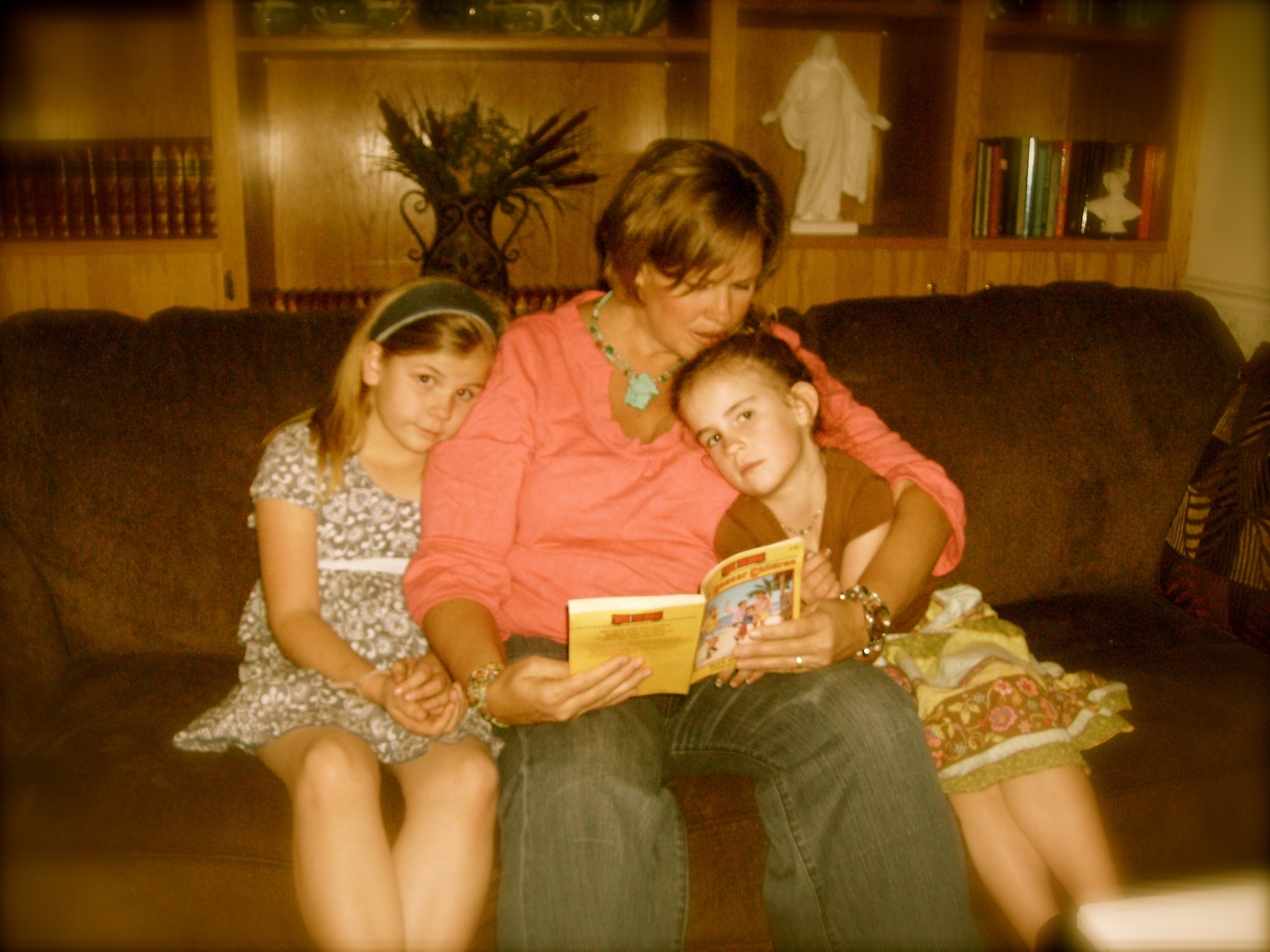 Or you may have something on your shelf that you’ve been meaning to get to with the family. The book should be something that is engaging when read aloud, and short enough to complete in no more than a few months of reading.
Or you may have something on your shelf that you’ve been meaning to get to with the family. The book should be something that is engaging when read aloud, and short enough to complete in no more than a few months of reading.
We have written on this subject before, you may remember. In fact, we have created an e-book that we would like to share with you; to request your copy, click here >>
So, do the Leadership-Style of New Year’s Resolution this year! Pick up a book and start reading aloud with the whole family. And begin right away. This is the secret to a truly great education for your students in the year ahead. We really believe that nothing, absolutely nothing, will do more for their education than this.
Special Note: For the those who use TJEd in the Southern Hemisphere, this advice is of course more applicable to the months of July, August and September—so translate this advice for your circumstances. For you, right now is the time for major family activities and work/play projects together as a family. Note that this is the key to those in Core Phase, and to rekindling Core Phase in all those who are beyond it.
Have a blessed new year!
Oliver & Rachel DeMille, TJEd.org
“An Education to Match Your Mission”



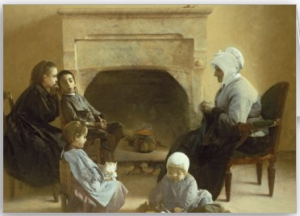


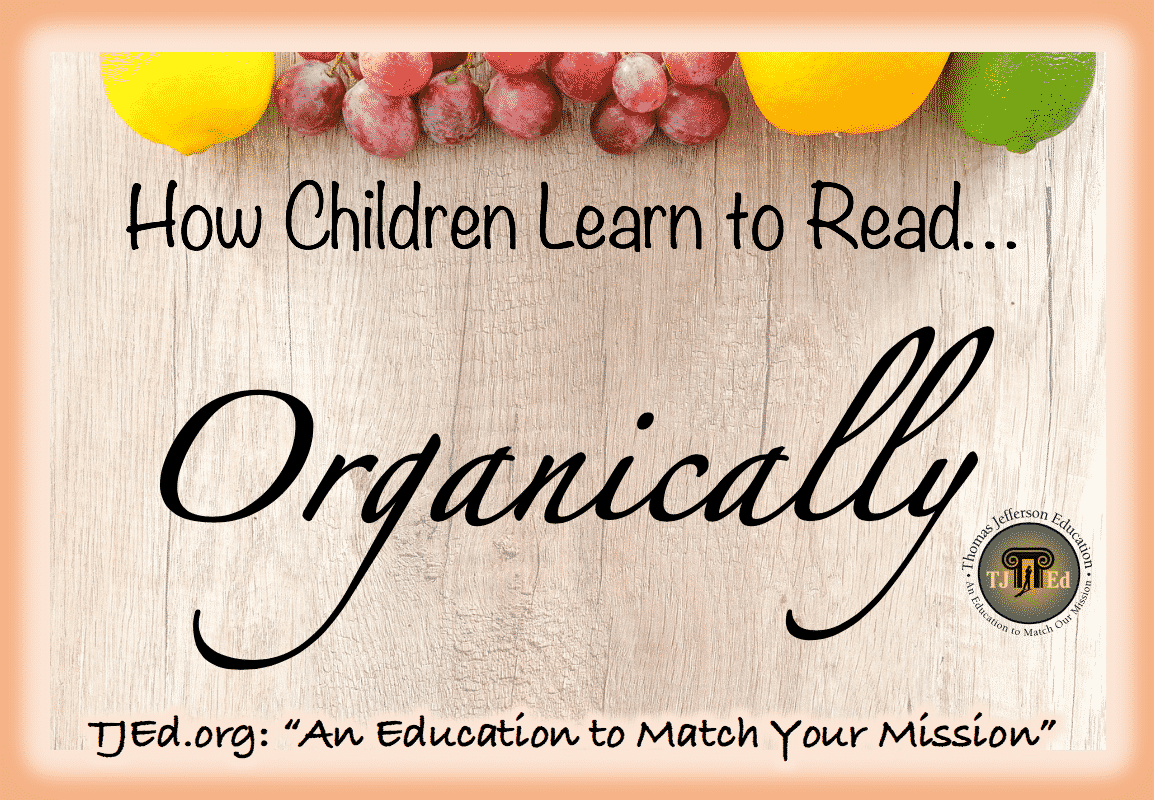

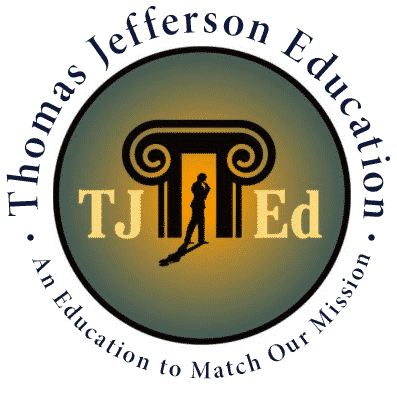
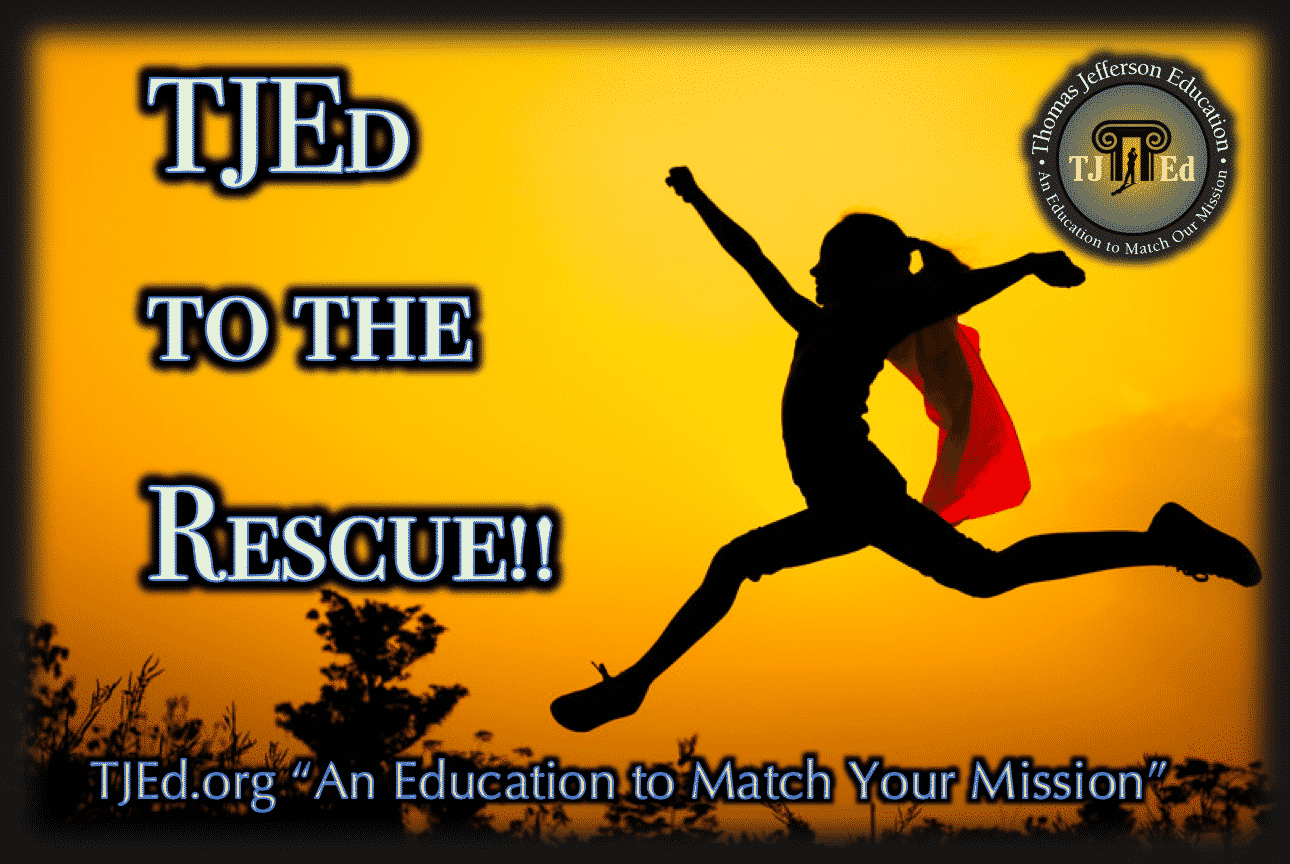
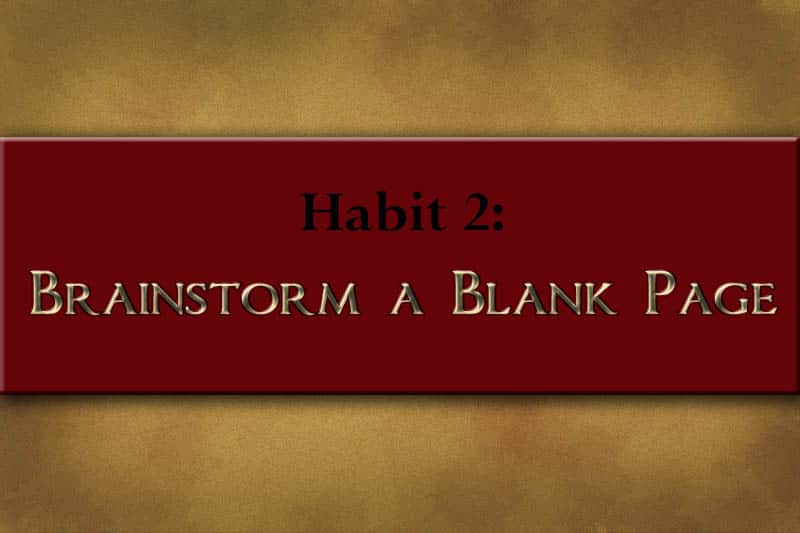

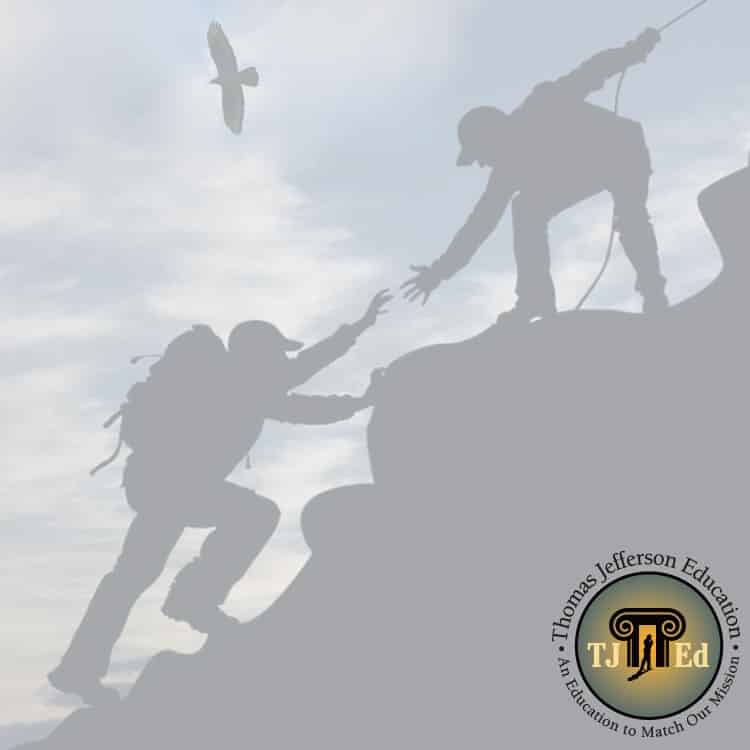
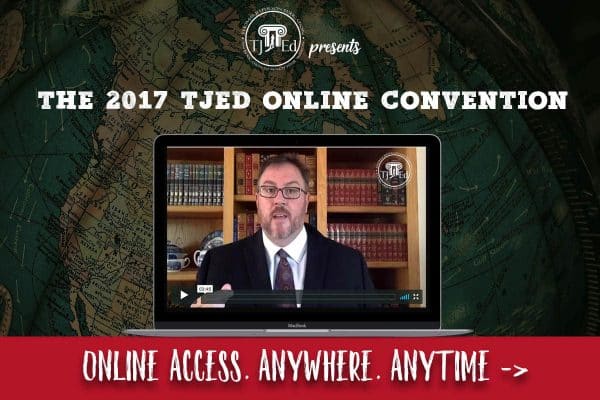




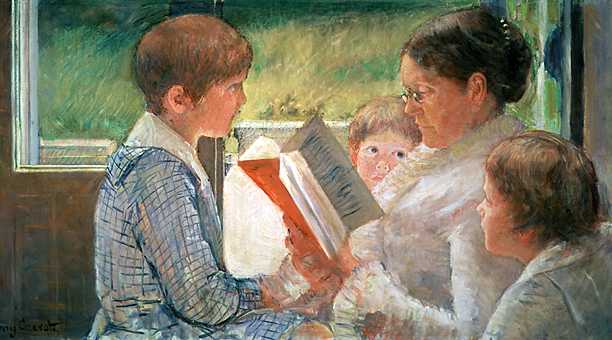

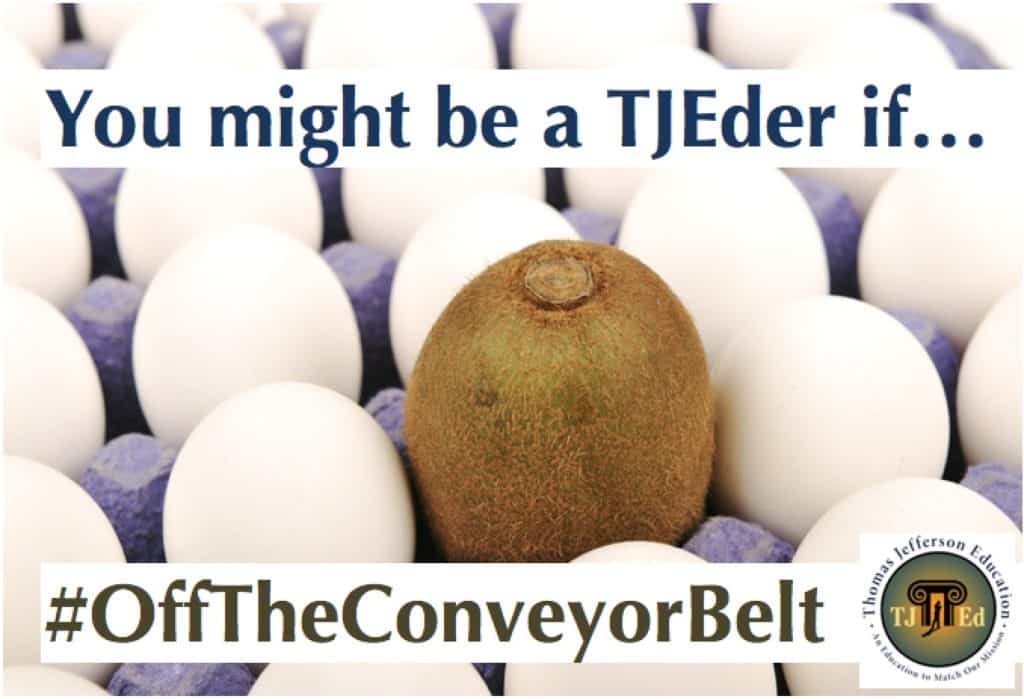


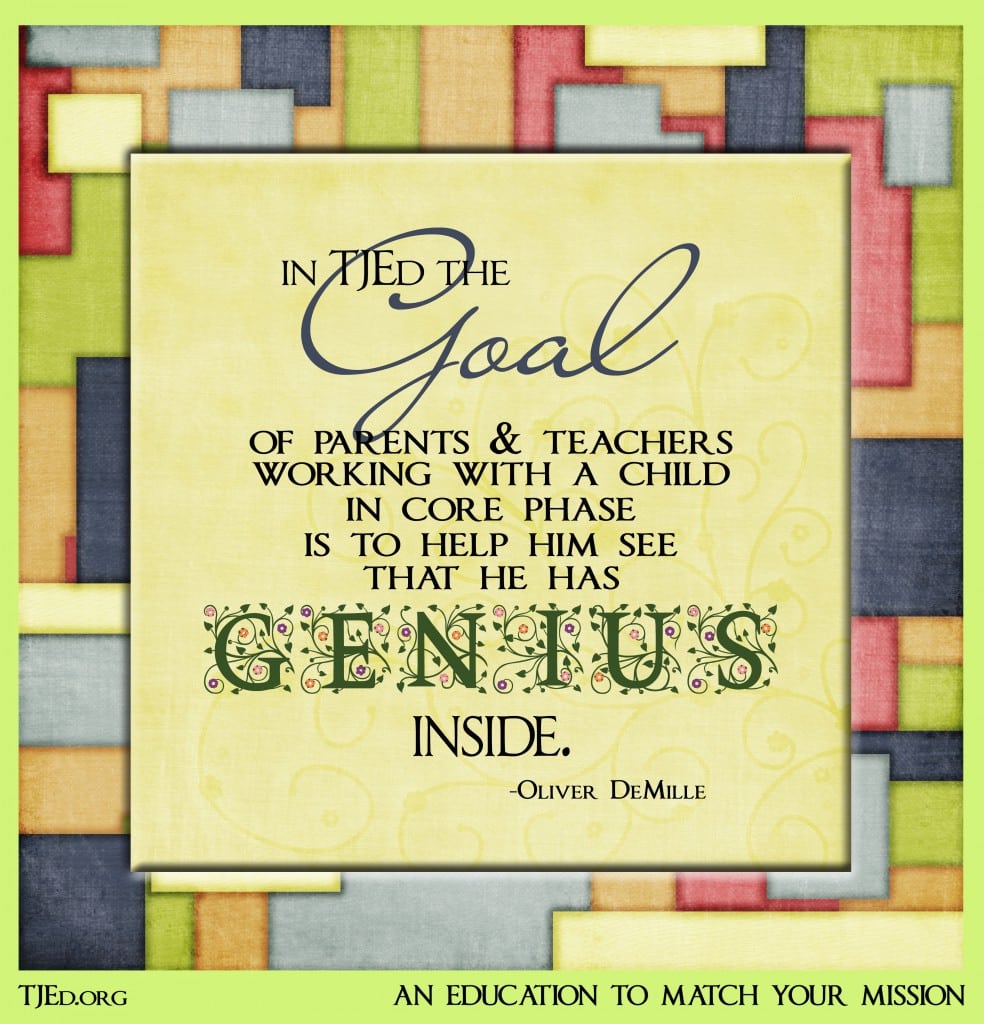


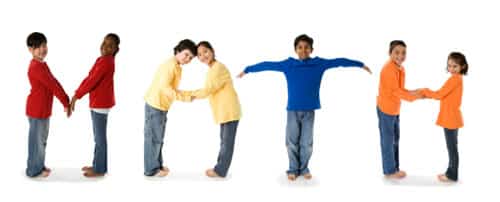
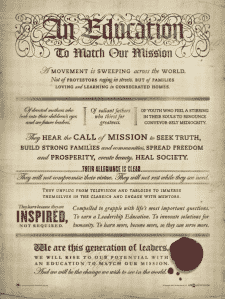



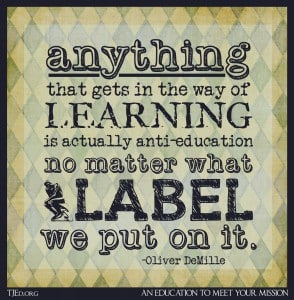
Thanks for the reminder!! Time to pick up momentum again 🙂
This is a timely reminder to focus on what is of importance. Thanks so much.
Thanks so much for the reminder. I know our family has put this on the back burner for awhile now. It’s time to bring it forward and I look forward to the amazing results that I KNOW this will bring to my children’s education and our family dynamic